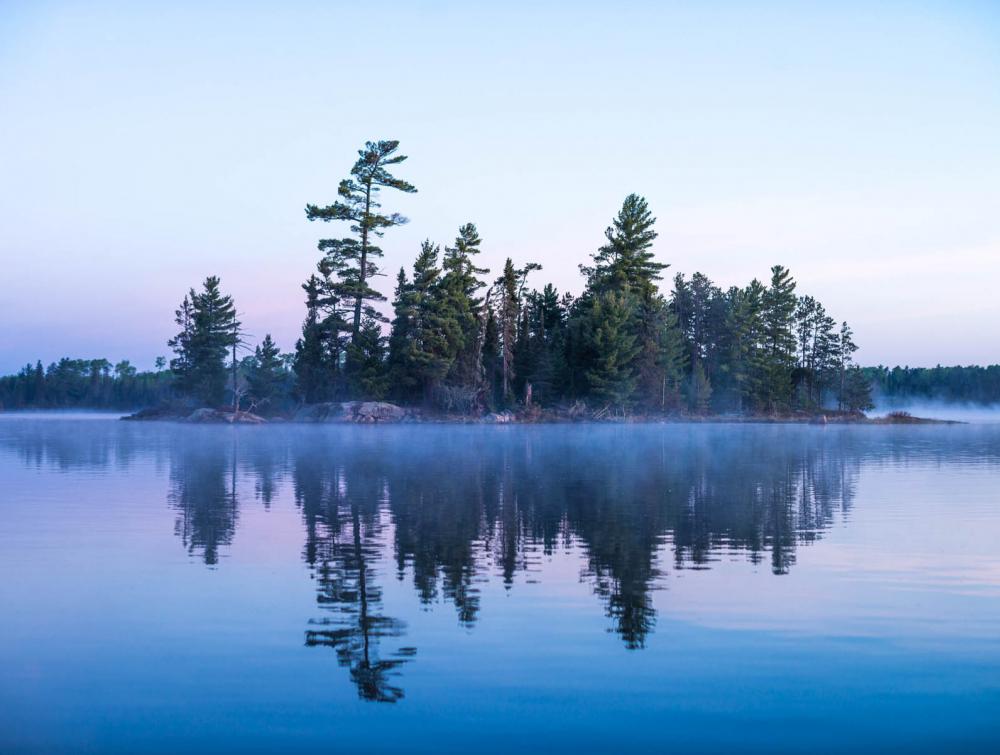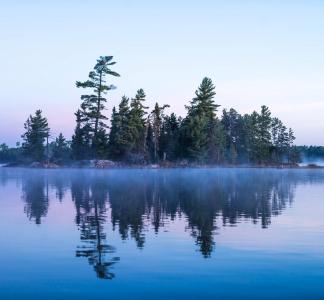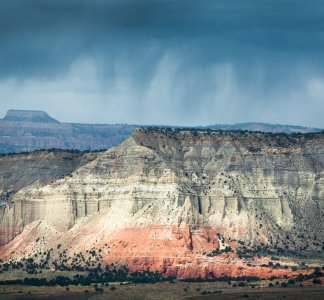Mining near Boundary Waters just got closer to reality

Boundary Waters Canoe Area Wilderness, Minnesota.
Erik Fremstad.
Minnesota wilderness threatened
The Trump administration announced plans in December 2018 to renew two expired mineral leases within Superior National Forest in northeastern Minnesota and adjacent to Boundary Waters Canoe Area Wilderness.
These plans would place a mine at the edge of Boundary Waters and drastically increase the odds of pollution to this beloved place.
The public has until January 22nd to comment on -- and possibly reject -- these plans. Take action to tell the Trump administration not to mine near Boundary Waters.
Pollution from the proposed mine would take the form of toxic metals leaching into a river that flows directly into Boundary Waters. This water pollution would then spill out into Boundary Waters’ lakes and streams. Dust, light pollution, erosion, sedimentation, higher water treatment costs and higher road maintenance costs would also be negative effects from the mine.
“Mining, by changing the availability of attractive amenities and changing the quality of life, could change the trajectory for future prosperity in the region,” write economists Spencer Phillips and Carolyn Alkire in a report on the possible effects of this mine in the Boundary Waters region.
The main economic benefit to the mine, meanwhile, would go to Antofagasta, a Chilean mining company that owns Twin Metals Minnesota, the company poised to lease the expired mineral leases.
America's most visited wilderness
Boundary Waters is America’s most visited wilderness. With over one million acres of interconnected lakes and rivers, this wilderness hosts grey wolves, black bears, beavers, lynx, moose, and other wildlife. Approximately 1175 lakes are used by visitors who canoe, portage and camp across this wilderness.
The surrounding region particularly relies on Boundary Waters for income. If the mine were to be built, a report concludes that it would cost the area as much as $1.6 billion in lost income.
Most Minnesotans oppose the mine, with a 32-point margin between those who oppose the mine and those who support it.
Given the high likelihood of a pipeline spill or accidental release at some point in the mine’s history -- a review of 14 different sulfide-ore copper mines, the kind of mine being proposed, showed that all had had spills or accidental releases -- it seems foolhardy to proceed with developing this mine. That this opportunity to comment is happening during a government shutdown just makes it that much more challenging.



